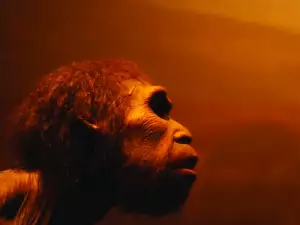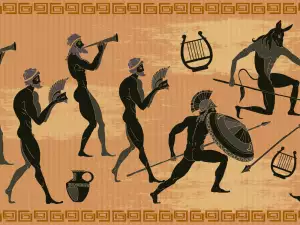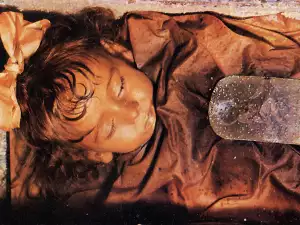Experts have successfully reconstructed the face of a Greek girl living in around 7000 BC. Nicknamed "Avgi", which means "dawn" in Greek, she looks quite upset.
Upset Dawn - this is how the world has come to know the girl whose face hasn't been seen in millennia. Researchers from Greece have shown how women looked like 9000 years ago using a new technology.
The reconstructed face belonging to the girl that lived so long ago was between the ages of 15-18 and named "Avgi" by her discoverers.
Avgi had been living during the Mesolithic - the time period considered to be the dawn of human civilization. Hence her name - Dawn.

The teeth and bones of the Greek girl were discovered by archaeologists back in 1993 in Theopetra cave in Thessaly. The reconstruction was performed by prof. Manolis Papagrigorakis, an orthodontist. To do so, he recreated Avgi's face in silicone using a clay mold of her head.
The result was quite remarkable indeed. Dawn had a rather prominent jaw. The theorized reason for this is that during that period it was common practice to chew animal hide in order to make it softer. As for why the girl looks so distraught, prof. Papagrigorakis replied, quite laconically, "It was impossible for one not to be angry in that period."
Avgi suffered from anemia and scurvy. She had congenital or acquired problems in the thigh area and several other diseases. The combination of all of these likely contributed to her early death.
Analyses and research have proven that Theopetra cave was inhabited 100 000 years ago. Researchers have found tools from the periods of the Paleolithic, Mesolithic and Neolithic there, as well as containers from the Neolithic. These artifacts, as well as Avgi's upset face can be seen in the Acropolis Museum in Athens.











